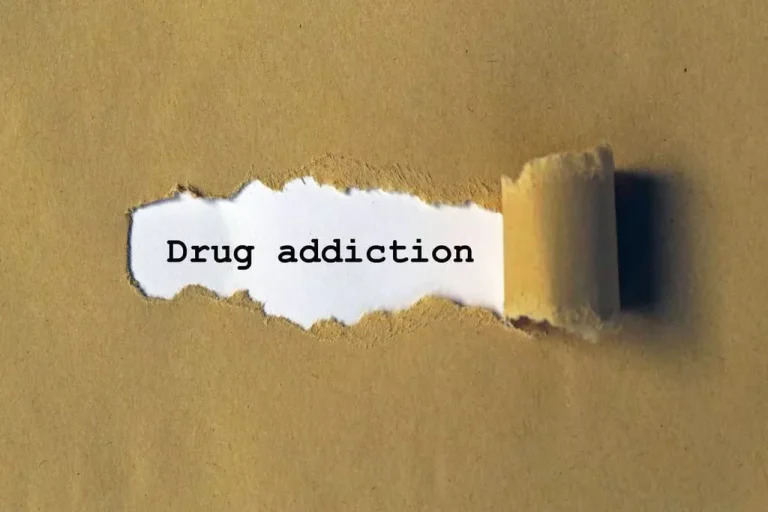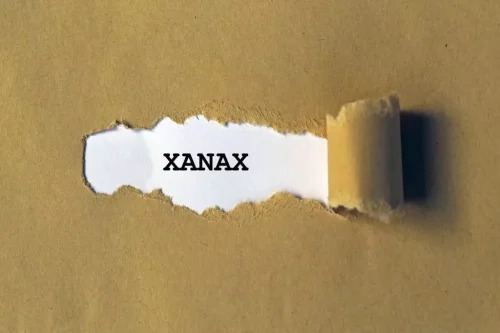A separate cohort of mice received water instead of alcohol and served as controls (water intake not shown). (b) Motor coordination in the balance beam test, which consisted of a long and narrow wood block that was elevated above the floor. After training the mice to traverse the wood block, they were tested immediately after...
Why Some People Have A Higher Alcohol Tolerance Than Others

A separate cohort of mice received water instead of alcohol and served as controls (water intake not shown). (b) Motor coordination in the balance beam test, which consisted of a long and narrow wood block that was elevated above the floor. After training the mice to traverse the wood block, they were tested immediately after the 8th and 15th drinking-in-the-dark sessions.
Greater Alcohol Consumption

Thus, drinking too much alcohol or having more than you can control can potentially ruin your reputation with others. Long story short, 10ml of pure alcohol measures 1 alcohol unit, so you need to count the mixture and drink accordingly to improve alcohol tolerance. The alcohol unit most preferably refers to the alcoholic beverage you consume and the percentage of alcohol present within the drink. For instance, a single serving of scotch will be one unit that is approximately 25ml of scotch. On the contrary, 1 pint of beer with an ABV rating of 4 percent will make up 2.3 units of alcohol. When you become dehydrated, your brain will receive less oxygen and it won’t function efficiently, leading to headaches, dizziness and other consequences.
- Consuming too much alcohol on an empty stomach could be detrimental to your health.
- When you are tired and try to drink faster, one serving might act like multiple servings.
- If you are struggling to lower your alcohol tolerance or recognize the need for further treatment, don’t hesitate to get the help you need.
- When chronic drinking activates these enzymes, however, it can cause health problems for the chronic drinker because it can also affect the metabolism of other drugs and medications, producing possible harmful effects, including liver damage.
- The second-messenger enzyme protein kinase Cγ is involved in tolerance to opioids (Bailey et al., 2006) and has been shown to be involved in the initial effects of alcohol and development of rapid and chronic tolerance.
- Alcohol tolerance can make an individual feel like they need to drink more alcohol to get the same level of intoxication.
Why Some People Develop Alcohol Intolerance
This phenomenon is known as reverse alcohol tolerance, and it can lead to alcoholics becoming drunk on tiny quantities of alcohol. Reverse alcohol tolerance is a critical state for the liver and can lead to other health complications. Like every other drug or compound, ethanol is metabolized by the liver and stomach, and the metabolism of ethanol in individuals varies. This variation is due to levels of a metabolic enzyme called alcohol dehydrogenase (ADH) in the body. It converts alcohol into acetaldehyde (a very toxic intermediate product) and later converts it into water and carbon dioxide. This enzyme is our strong defense against the highly toxic effects of non-metabolized alcohol on the nervous and cardiac systems.
- This is why strengthening alcohol tolerance is important for some people, as this helps them handle alcohol much better.
- It’s important to note that it takes more than a weekend of abstinence to reset alcohol tolerance.
- Sex differences were not analyzed in this study, but these findings indicate a role for protein kinase Cγ in rapid alcohol tolerance, and these effects appear to depend on the genetic background and specific behavioral/physiological measures.
- If you realize that you have been drinking increasingly greater amounts of alcohol to get the same buzz that you once did, then you have developed a tolerance for alcohol.
- Thus, increasing alcohol tolerance is crucial for your health if you are a regular alcohol consumer or party-goer.
- On postnatal day 56, males exhibited greater sedation compared with females, but no sex differences in the development of rapid tolerance were observed (Silveri and Spear, 1999).
Weight Loss Drug Users Are Giving Up Their Vices
Having a high tolerance means you can consume more alcohol than your usual limit. After alcohol is swallowed, it is absorbed primarily from the small intestine into the veins that collect blood from the stomach and bowels and from the portal vein, which leads to the liver. The danger of alcohol tolerance is that your blood alcohol content level continues to rise and increase the dangers of overdose, even if you don’t feel the effects of alcohol. However, we acknowledge that other animal models, including Drosophila melanogaster, have provided valuable information about the genetic and molecular regulation of rapid tolerance to alcohol. Abstaining from alcohol for at least 30 days allows your body to get rid of all traces of alcohol and should have a significant effect on your tolerance levels.
What Time Does 711 Stop Selling Beer Across Every State in America?
However, other factors will also affect the alcoholic feature of the beverage. Congener refers to the chemicals present within the alcohol that runs through your stomach and veins. This causes the headaches you experience, so when your drink has more congeners, you will feel dizzier. Moreover, different people will handle alcohol differently, which means that you can consume more whiskey than vodka or vice versa.

Do heavy drinkers process alcohol faster?
General fatigue or tiredness will lead to a higher BAC than normal as one’s liver is less efficient at processing and/or eliminating alcohol when one’s general energy level is low. Furthermore, as alcohol is a depressant, consuming alcohol when tired will, in general, simply increase one’s level of tiredness while magnifying alcohol’s traditional effects. Alcohol tolerance, for the most part, is something that you develop over the course of can you build a alcohol tolerance your experience with alcohol.

Each type of tolerance is likely to lead to an increase in alcohol consumption and amplify your risks for developing dependence, organ damage, problems with completing tasks, and ultimately addiction. Alcohol tolerance refers to the bodily responses to the functional effects of ethanol in alcoholic beverages. This includes direct tolerance, speed of recovery from insobriety and resistance to the development of alcohol use disorder. We have mentioned that not all drinks will have the same level of strength, so you might consume one alcoholic beverage more and handle it better than another drink.
Our writers and reviewers are experienced professionals in medicine, addiction treatment, and healthcare. AddictionResource fact-checks all the information before publishing and uses only credible and trusted sources when citing any medical data. The Verified badge on our articles is a trusted sign of the most comprehensive scientifically-based medical content.If you have any concern that our content is inaccurate or it should be updated, please let our team know at email protected. AT’s primary cause is excessive and frequent consumption of alcohol, and tolerance occurs less often with people who only drink occasionally. Have you ever noticed that when you’re tired, one drink can hit you like it was three?
How To Increase Your Drinking Tolerance (So You Don’t Make an Ass of Yourself at a Holiday Party)
Repeated alcohol use causes the liver to become more “efficient” at eliminating alcohol from the body. This results in a reduction of alcohol in the bloodstream, alongside its intoxicating effects. Similar to functional tolerance, as metabolic tolerance develops, a greater amount of alcohol is needed to experience the same effects as you experienced initially. Following a period of reduced alcohol use or abstinence, alcohol tolerance can decrease to levels before regular use. This means that your brain and body are “out of practice” in terms of processing and responding to alcohol. Alcohol tolerance can be explained via several mechanisms – but here are four ways that tolerance may develop and change.
ABV refers to “Alcohol By Volume,” which further refers to the presence of an alcoholic amount in your drink. For instance, a drink rated 7 percent ABV will more likely make you drunk faster than a drink with a 4.5 percent ABV rating. Repeatedly driving the https://ecosoberhouse.com/ same route home while intoxicated could cause the driver to develop a tolerance for the task and reduce alcohol-induced impairment. However, that tolerance for that specific task is not transferable to a new task. Functional tolerance is when the brain functions of drinkers adapt to compensate for the disruption that alcohol causes in their behavior and their bodily functions. If you regularly played darts or pool at the pub prior to lockdown, a loss of learned tolerance could mean that you don’t play as well as you used to when you have a game after a few drinks.
